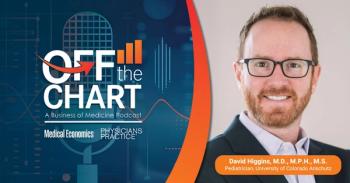
Are your patients being forced to choose between food and medications?
Many chronically ill Americans suffer from food insecurity, study finds
If your chronically ill patients are having trouble affording the medications you prescribe for them, they may be experiencing food insecurity, according to a
Researchers looked at data on about 10,000 adults reporting chronic illness taken from
Looking at specific subgroups, the study found that:
- Participants reporting both cost-related medication underuse and food insecurity were more likely to be Hispanic, non-Hispanic black, and have more chronic medical conditions than were patients reporting neither.
- Those experiencing neither cost-related medication underuse nor food insecurity were white, older, and had higher incomes than those in other groups.
- Hispanic and non-Hispanic black participants were less likely to report cost-related medication underuse, but more likely to experience food insecurity.
- Those not experiencing food insecurity but not meeting medication needs were more likely to have dependent children in the house, to lack insurance or have insurance that didn’t include drug coverage, and to have more chronic medical conditions.
“The high overall prevalence of food insecurity and cost-related medication underuse highlights how difficult successful chronic disease management in the current social environment is,” the authors write. “Because of these findings, assessing for both household food insecurity and cost-related medication underuse…may be warranted.”
Results of the study appear in the April, 2014 issue of The American Journal of Medicine.
Newsletter
Stay informed and empowered with Medical Economics enewsletter, delivering expert insights, financial strategies, practice management tips and technology trends — tailored for today’s physicians.








